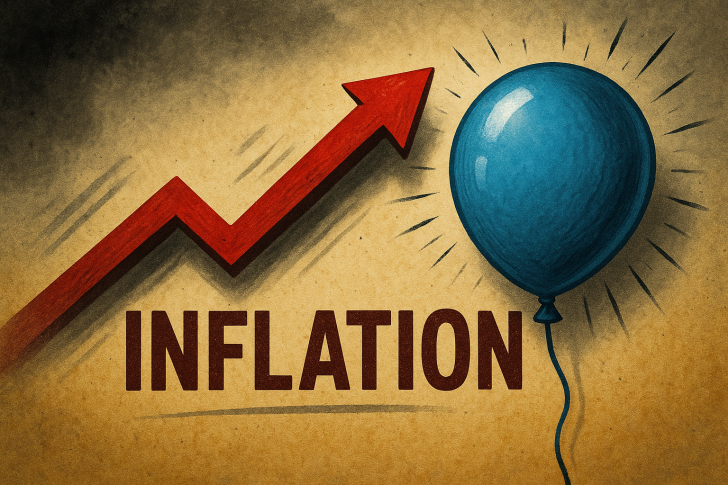While Federal Reserve officials maintain their hawkish stance on inflation, alternative data sources are painting a dramatically different picture. The latest Truflation readings suggest inflation is cooling much faster than official reports indicate, potentially forcing the Fed's hand on rate cuts sooner than expected.
The Numbers Don't Lie - Inflation is Cooling Fast
The Truflation US Inflation Index just dropped below 1.80% again, continuing a disinflationary trend that's been quietly building for months.
The Truflation US Inflation Index just dipped under 1.80% again after a volatile few months:
▸ Inflation peaked near 2.40% in late December
▸ Sharp drop followed in March - bottoming near 1.30%
▸ Since then, it's been ranging with repeated lower highs
▸ Latest move suggests softening once again

Unlike traditional CPI data that arrives with weeks of delay, Truflation provides real-time price tracking across thousands of data points. The difference? You're seeing what's happening now, not what happened last month.
The data tells a compelling story. After peaking above 3.0% in January, inflation crashed to 1.30% by March. Despite brief rallies in May, June, and July, each bounce hit lower highs – a classic sign of weakening momentum.
This creates a major disconnect. The Fed bases policy decisions on lagging CPI data, while real-time indicators show inflation well below the 2% target. Market participants watching high-frequency data are seeing a completely different economic reality than what Fed officials describe in their statements.
Rate Cut Pressure Intensifies
As the X post noted:
"With this cooling trend, pressure builds on the Fed to cut rates soon — especially as real-time data paints a much more disinflationary picture than official CPI reports."
Smart money is already positioning for this divergence. While traditional investors wait for monthly CPI releases, those tracking real-time metrics could spot policy shifts weeks ahead of the curve.
The pattern is clear: inflation peaked, crashed, attempted weak recoveries, and now appears to be rolling over again. For anyone trying to anticipate the Fed's next move, alternative data sources like Truflation might provide the edge needed to stay ahead of official policy announcements.
 Peter Smith
Peter Smith

 Peter Smith
Peter Smith


